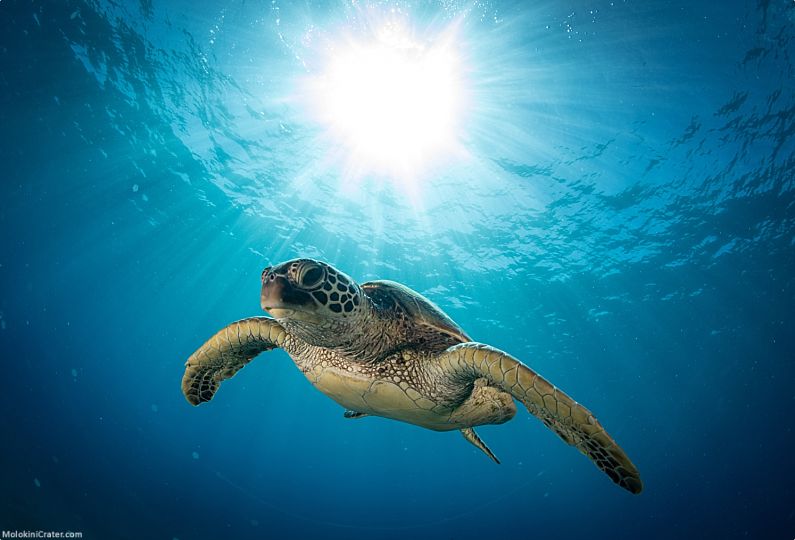
From sea turtles to colorful forest birds, Maui is home to extraordinary wildlife.
Many species in the Hawaiian Islands are endemic, meaning they are found nowhere else on earth. Polynesian settlers introduced some animals, while others were brought to the islands by explorers, missionaries, collectors, or plantation owners.
Below, we’ll break down the different types of animals you can see on Maui, where you have the best chance of seeing them, and anything you might need to know beforehand. Here are some of the best animals to see on Maui.
(Disclaimer: Wild animal sightings are not guaranteed. Seeing animals in their natural habitat takes a bit of luck. Additionally, many of the animals below are highly revered in Hawaiian culture and protected by law. Please give them space and respect.)
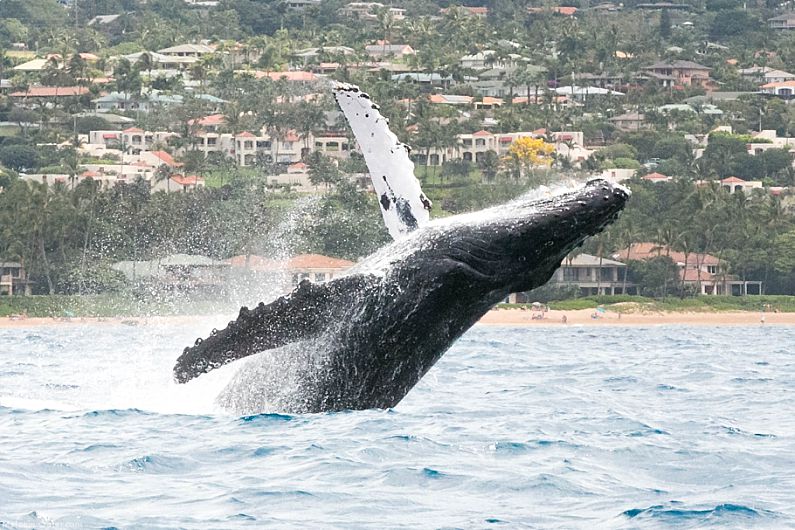
Native and Endemic Animals
Sea Turtles – Honu
There are five types of sea turtles in Hawaiian waters, but the most common is the Hawaiian green sea turtle. Whether hauling out on the beach or cruising around the reef, Hawaiian green sea turtles are easily spotted on Maui.
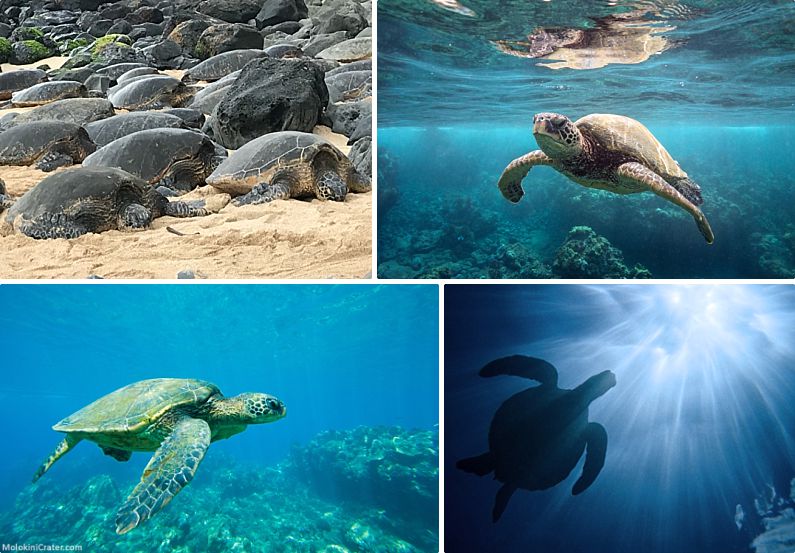
Where To Find: Turtle Town, Makena
Turtle Town is a large offshore reef in Makena. Experienced snorkelers can swim to Turtle Town from the beach. But if you’re new to snorkeling, consider a tour with Kai Kanani. This luxe sailing catamaran offers excursions to Molokini Crater and Turtle Town, and it’s great for families.
If a snorkeling trip isn’t for you, here are some helpful tips about how to see turtles on Maui.
Things To Know: Hawaii sea turtles are protected under federal and state law. Do not touch, harass, feed, or pursue turtles in the ocean or on the beach. Maintain a 10-foot distance at all times.
Whales – Koholā
Thousands of humpback whales migrate from Alaska to Hawaii to mate, give birth, and nurse their young each winter.
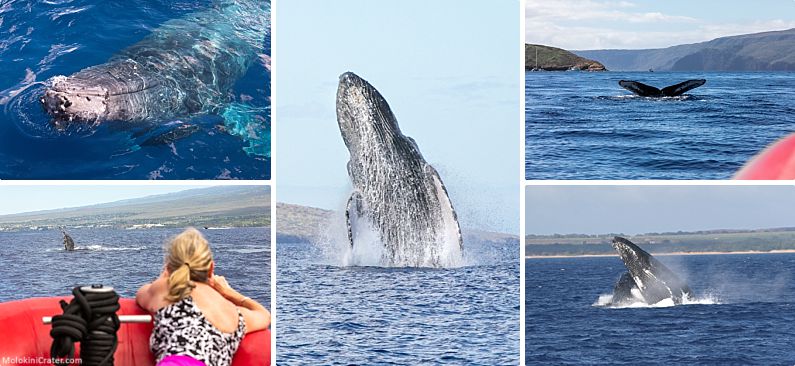
Where To Find: Whales are seen around Maui from December to April, but the waters off West Maui and South Maui yield the most sightings.
Take a whale-watching tour with Redline Rafting for a memorable experience. Redline offers small group tours out of Kihei Boat Ramp. And because Redline uses a smaller vessel, you’ll be at eye level with any whale you encounter.
You can also visit the Hawaiian Islands Humpback Whale National Marine Sanctuary Visitor Center in Kihei to learn more about humpbacks and their protection. Or, visit the immersive Humpbacks of Hawaii exhibit at the Maui Ocean Center.
Things To Know: Humpback whales are protected in Hawaii. No person or vessel can approach them within 100 yards. This rule applies to all ocean-goers, including swimmers, stand-up paddlers, and boaters.
Dolphins – Naiʻa
The most common dolphin in Maui’s waters is the Hawaiian spinner dolphin, known for leaping and spinning above the water. Intelligent and playful, spinner dolphins travel in large pods of up to 100 individuals.
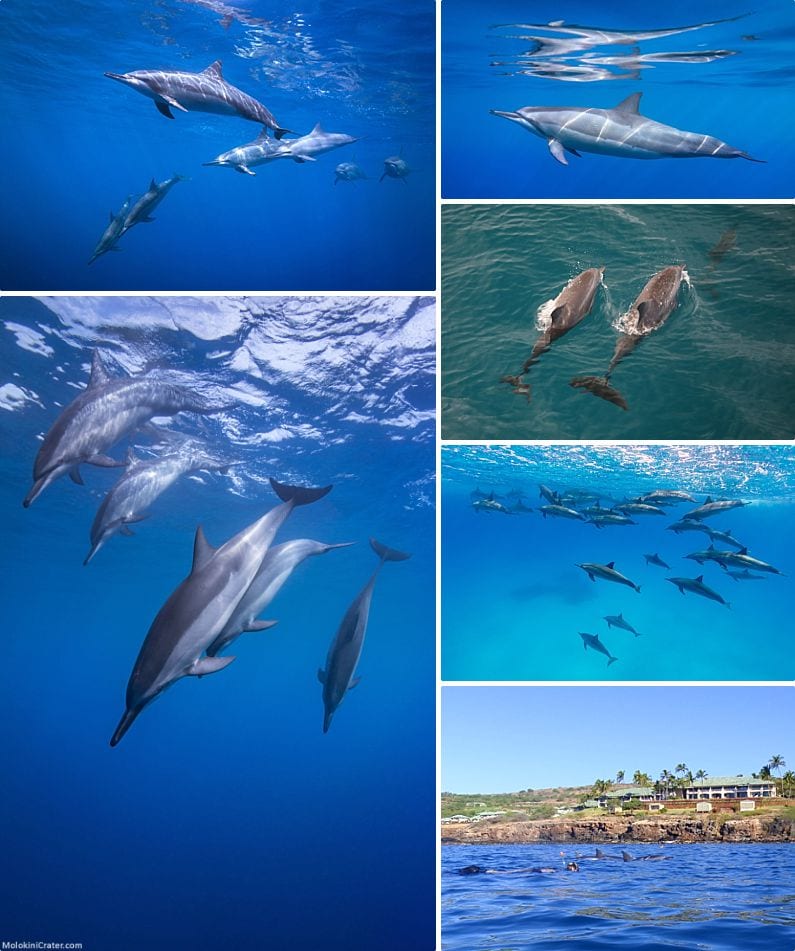
Where To Find: Although spinner dolphins are slightly elusive in Maui’s waters, Lanai has one of the largest populations in the state. Lanai snorkel tours almost always yield dolphin sightings.
Things To Know: Laws have recently been enacted to protect Hawaii’s dolphins. Swimming with or approaching dolphins within 50 yards is strictly prohibited. So, if you see a dolphin pod, admire it from afar!
Tropical Fish, Eels, and Octopus
Fish might not seem very exciting, but did you know that nearly a quarter of all fish in Hawaii’s waters are found nowhere else on Earth?
Some flashy endemic fish to look out for are Bluestripe Butterflyfish, Hawaiian Cleaner Wrasses, and Regal Parrotfish. Although not endemic, Hawaii’s state fish, humuhumunukunukuapuaʻa, is a common sighting on Maui’s reefs. If you’re extra lucky, you might spot a moray eel or octopus.
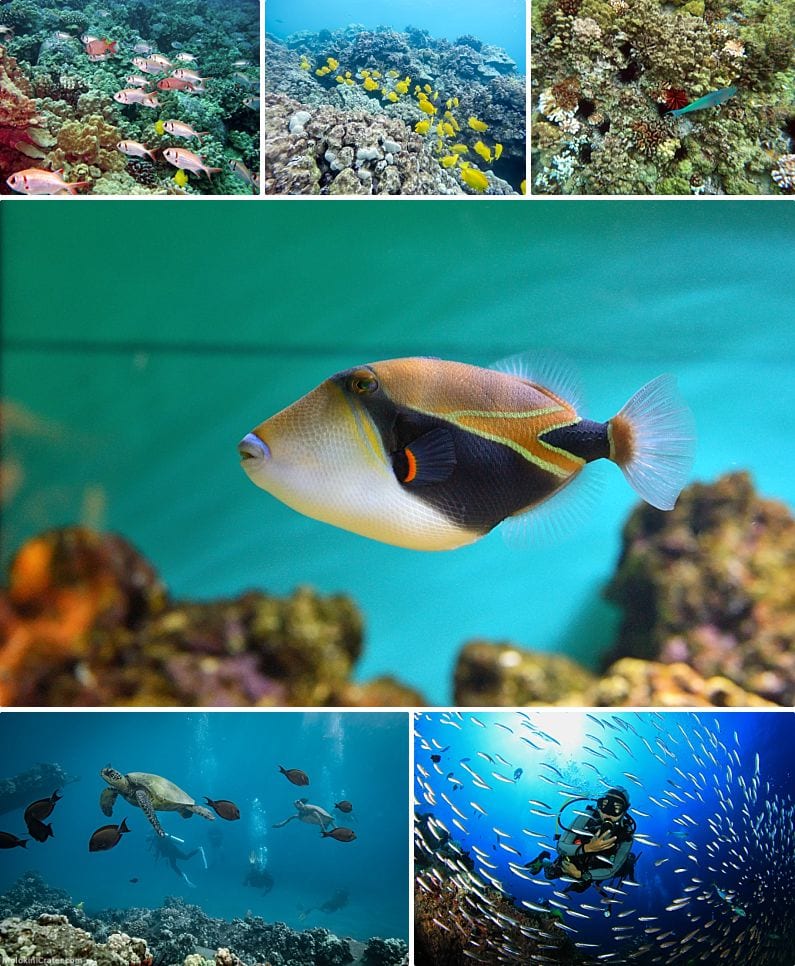
Where To Find: Any snorkeling spot on Maui! If you want to explore more secluded reefs away from the crowds, book a private snorkeling tour with Maui Custom Charters. They’ll get you off the beaten path where the fish are flourishing.
Things To Know: Many of Maui’s best snorkeling spots are in marine protected areas. Here, feeding, harassing, or catching fish is prohibited. But it’s a good idea to leave the fish alone no matter where you are.
Manta Rays – Hāhālua
Fun fact: Maui is home to the largest manta ray population in the United States. But manta rays are elusive, and you never know when or where you’re going to spot them.
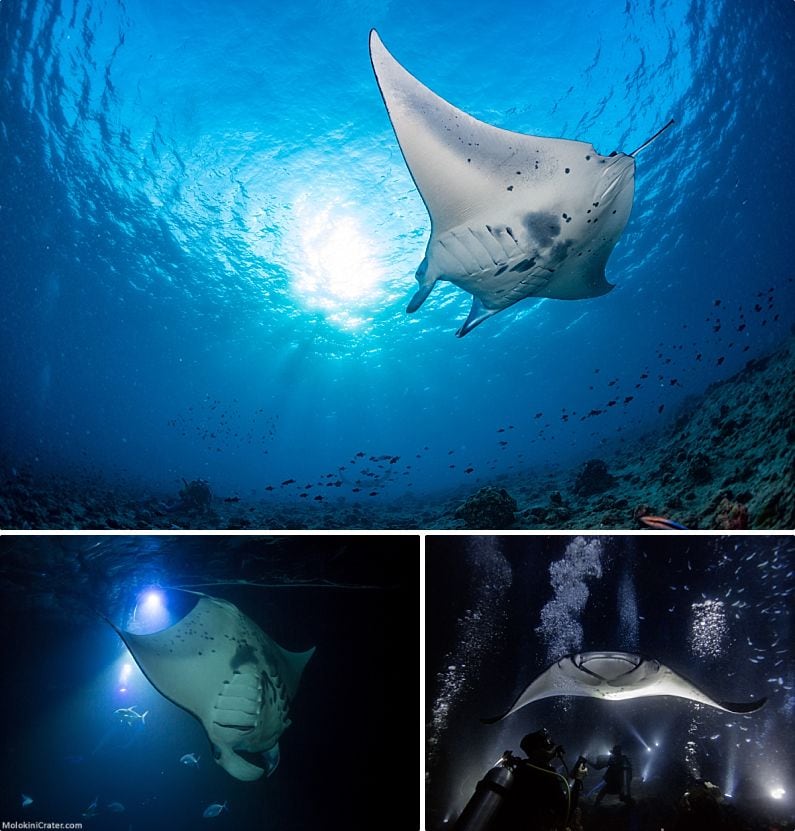
Where To Find: It depends. Even manta ray researchers have a hard time tracking Maui’s mantas down.
You have to be very lucky to see a ray, but for your best chance, consider a nearshore kayaking tour in Makena or Olowalu. The rays seem to be more active in the morning and autumn months.
Things To Know: Surprisingly, there are very few rules and regulations regarding manta rays. However, this isn’t an excuse to touch, ride, or harass them.
Monk Seals – ʻĪlio holo i ka uaua
Monk seals are one of Hawaii’s few endemic mammals. They are critically endangered, with only about 1,600 left in the wild. Fortunately, the population seems to be rising.
Monk seals’ primary habitat is the Northwestern Hawaiian Islands, but a few hundred live in the main Hawaiian Islands.
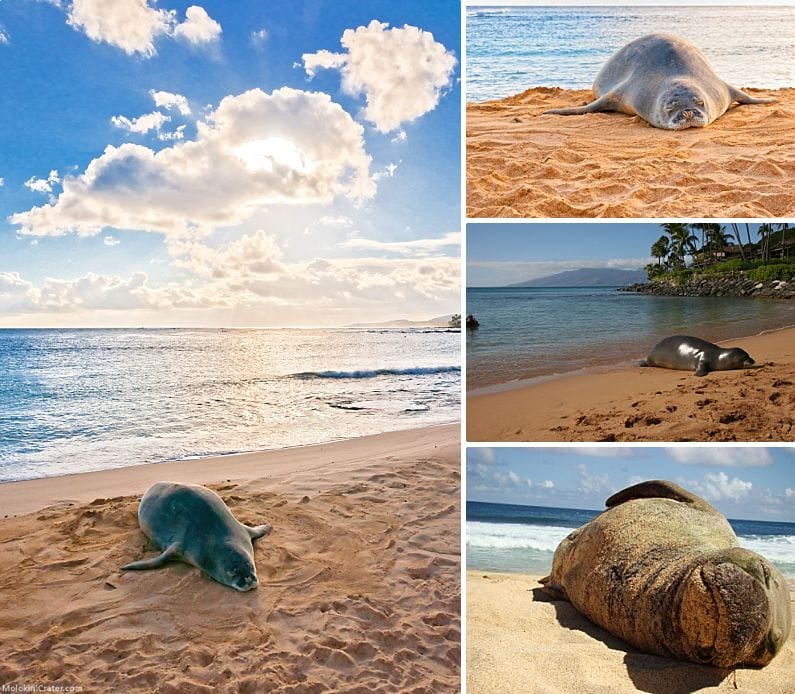
Where To Find: You have to get lucky. Monk seals are impossible to predict. We’ve seen them at beaches and reefs around the island – even at Molokini Crater once or twice!
Things To Know: There are a slew of laws protecting monk seals. Keep a distance of at least 50 feet. Monk seals can become very protective of their pups and have been known to bite humans that get too close.
Hawaiian Goose – Nēnē
The nēnē is the rarest goose in the world. Endemic to Hawaii, nēnē are believed to have evolved from a flock of Canadian geese that were blown off course thousands of years ago.
Just a few decades ago, the nēnē were near extinction. Today, there are about 3,500 nēnē across the islands, thanks to a breeding and reintroduction program started in the 1970s.
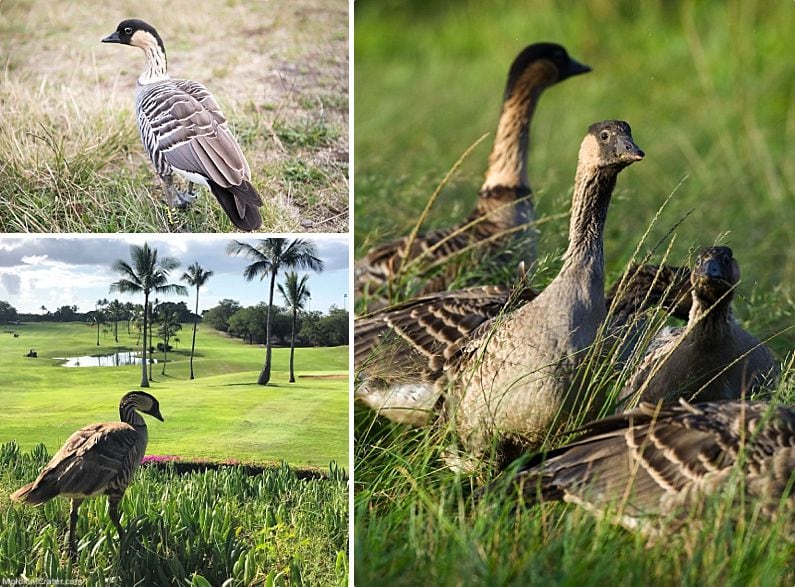
Where To Find: The nēnē’s primary habitat is Haleakala National Park. To learn more about the park and its unique flora and fauna, consider a guided summit tour with Haleakala EcoTours.
Things To Know: Never feed nēnē. Nēnē that are fed get accustomed to humans and cars, and sadly, cars are the leading cause of death for adult nēnē. They also have sassy personalities and can bite you if you try to feed them.
Forest Birds – ʻIʻiwi, ʻApapane, ʻAmakihi, and more
Known for their vibrant colors and unique songs, Hawaiian forest birds are some of the rarest birds on earth. These birds are believed to have evolved from a single finch species millions of years ago. There were once over 54 species of Hawaiian honeycreepers; today, there are only a handful.
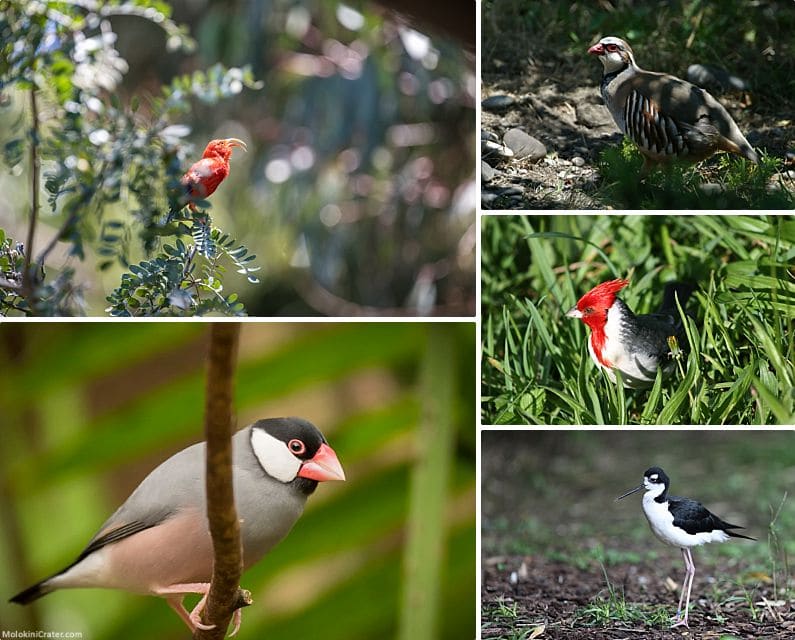
Where To Find: Hosmer Grove in Haleakala National Park. Take the short nature trail to the Hosmer Grove overlook, and you’ll likely see crimson ‘I‘iwi and bright green ‘Amakihi flitting around the trees.
Things To Know: Forest birds are only found at high elevations where mosquitos aren’t present. Mosquitos spread avian malaria, one of the biggest threats to Hawaii’s forest birds today.
Other Maui wildlife to look for
Axis Deer
Axis deer were first brought to Hawaii from India in the late 1800s as a gift to King Kamehameha V. Ten deer were introduced to Maui in 1959, and the population has since ballooned to an estimated 65,000 deer in 2023.
The huge population has become a problem on Maui. The deer destroy crops, strip the landscape of native plants, and cause countless car accidents (be careful while driving at night on Maui, seriously!). Legislators and conservationists are actively working to bring the population down to sustainable levels.
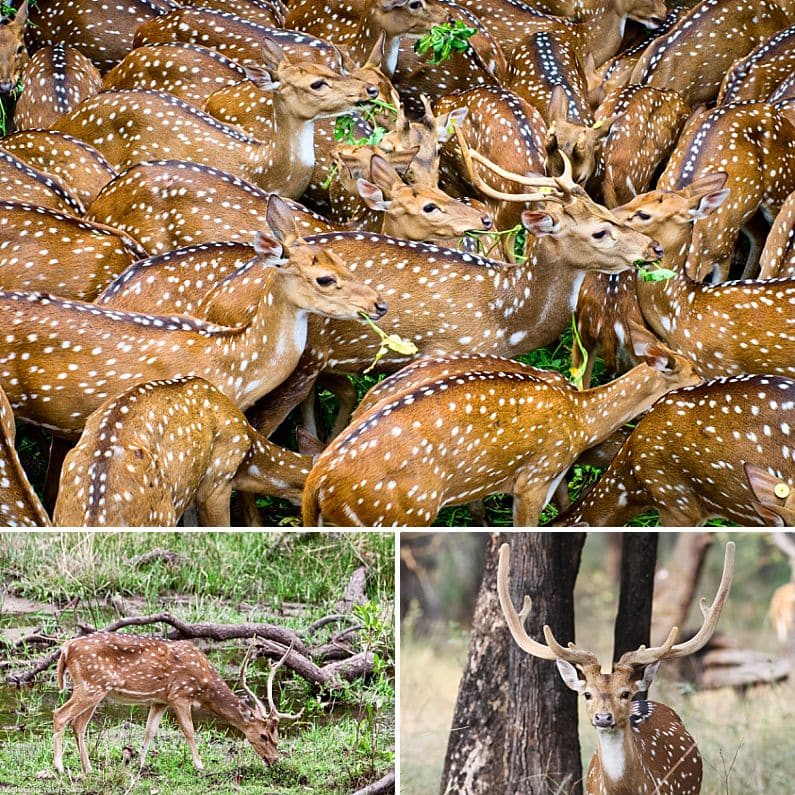
On the flip side, axis deer are an abundant and reliable food source for Maui hunters and their families.
Mongoose
Also hailing from India, the mongoose was introduced to Hawaii by plantation owners in 1883 to control rat populations in the sugar fields.
However, this effort was misguided. Rats are nocturnal, while mongooses are active during the day. The mongooses did nothing to curb the rat population, and Hawaii was left with a pest.
Mongooses prey on the eggs of turtles and native birds like nene and petrels, posing a significant threat to Hawaii’s fragile ecosystem.
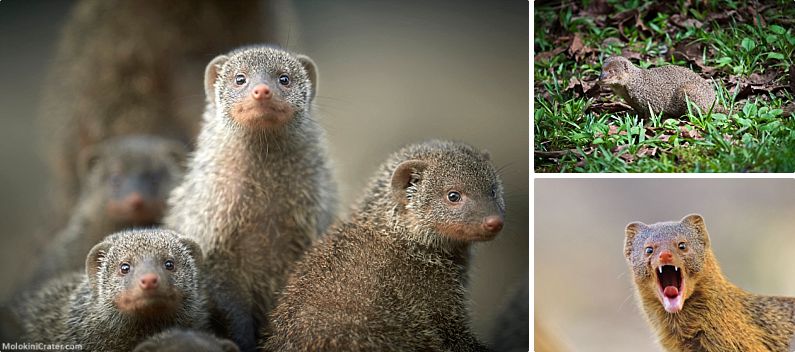
Feral Pigs
Pigs were first brought to the islands by Polynesian settlers roughly 800 years ago and have been a major food source in the islands since. Kalua pork, anyone?
Like other ungulates in Hawaii, feral pigs wreak havoc on the native ecosystem. However, pigs are deeply ingrained into the Hawaii way of life. Many families still rely on wild pigs for sustenance today, and hogs are even thought to be the manifestation of Hawaiian gods like Kamapua‘a.
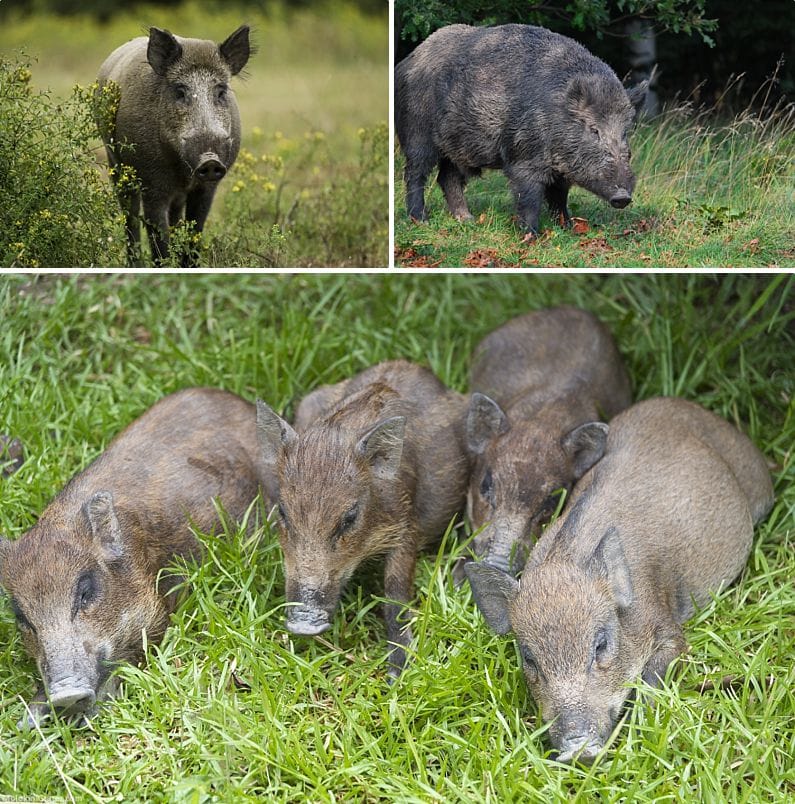
As we mentioned above, Maui wildlife sightings are never guaranteed. If all else fails, visit the Maui Ocean Center — where you can see sharks, rays, turtles, and more.
You can also visit an animal sanctuary like Leilani Farm Sanctuary in Haiku, hang out with alpacas at Maui Alpaca, or even take a rescue dog on a beach date through Maui Humane Society’s Dog on Demand Program.
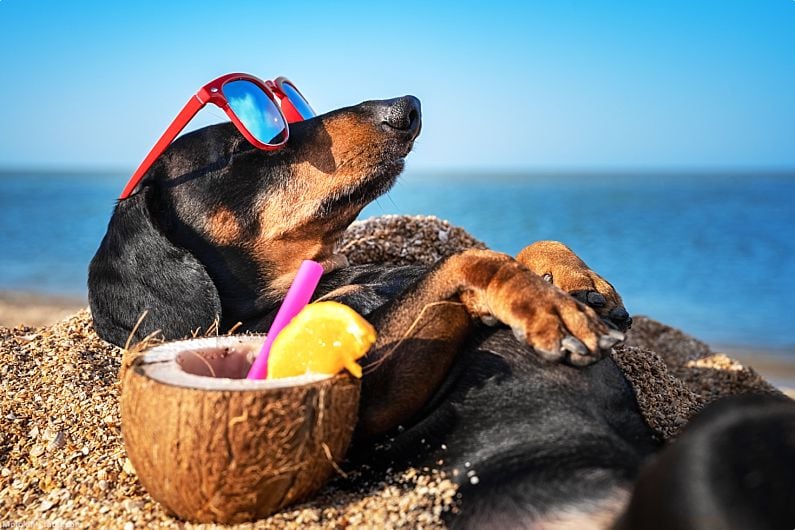
We hope you have some epic Maui wildlife sightings.
A hui hou!





